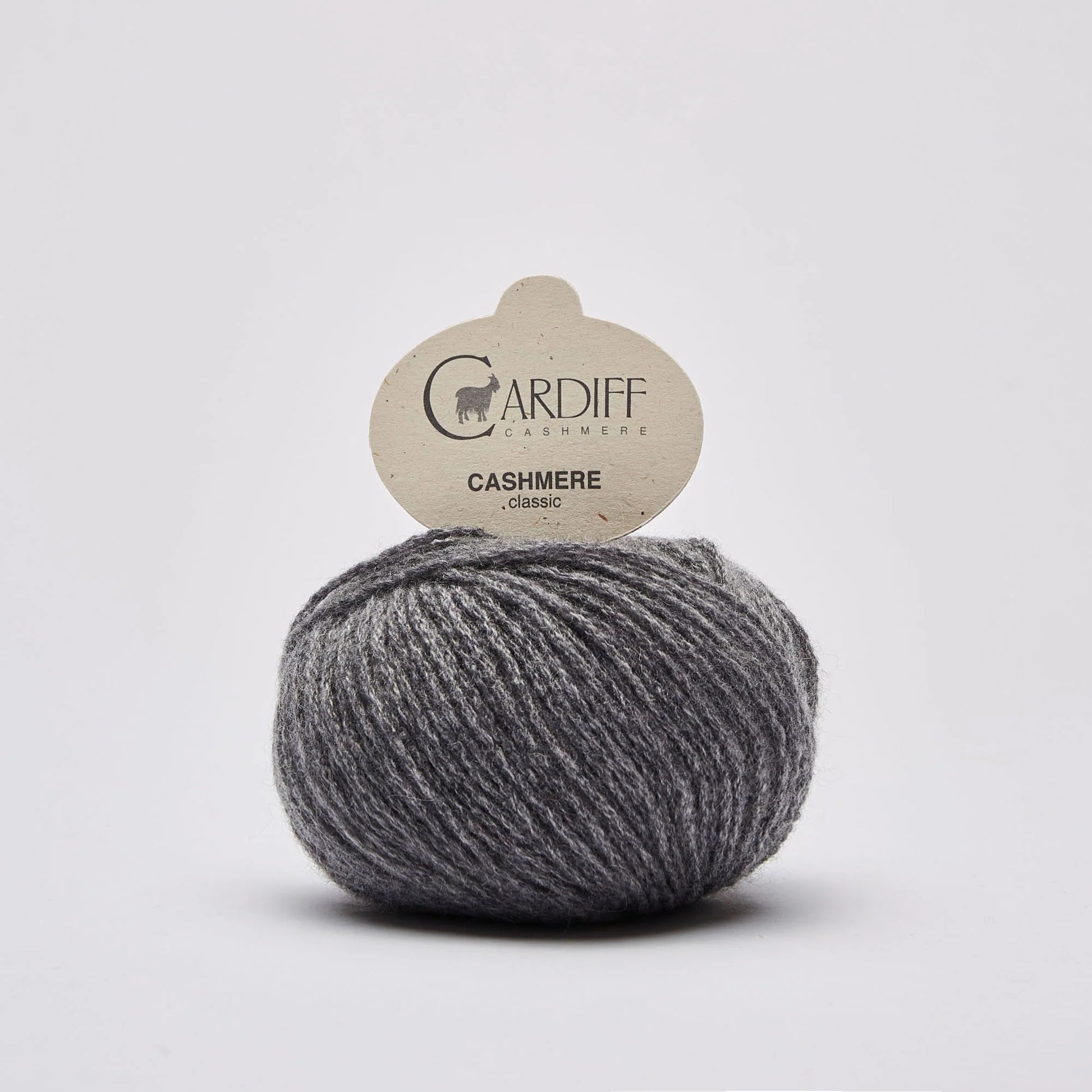Recognizing the Different Types of Cashmere an All-natural Fiber and Their Unique Benefits

The Beginnings of Cashmere: A Historic Introduction
While the lavish touch of cashmere proceeds to appeal modern customers, its origins trace back to the rough, cold climates of Mongolia and the Himalayas. For centuries, the native individuals of these areas have been increasing Capra Hircus goats, the prime source of cashmere woollen. These goats, resistant versus the extreme wintertimes, grew a fine undercoat to make it through, which later on came to be known as cashmere. The name itself pays homage to Kashmir, an area in India where the woollen was initially refined. Much of the very early cashmere trade path was facilitated by the Silk Roadway, connecting Asia with the Center East and Europe. Regardless of its worldwide spread, the finest cashmere is still believed to stem from the original regions of Mongolia and the Himalayas.

The Production Refine: From Goat to Garment
Shearing a Capra Hircus goat marks the beginning of the complex cashmere production process. This fragile treatment typically occurs yearly during springtime. The penalty, soft undercoat is after that divided from the coarser external hair, a procedure called dehairing. The resultant raw cashmere is after that washed to eliminate pollutants such as vegetable, grease, and dust issue.
The clean fiber is subjected to dyeing, rotating, and weaving, or knitting, to transform it right into a textile. Facility procedures such as high quality control checks and ending up processes adhere to, guaranteeing completion item keeps the glamorous requirement anticipated of cashmere. This meticulous procedure, from goat to garment, warrants the high price affixed to cashmere items, making them a sign of luxury and improvement.
The Numerous Sorts Of Cashmere: An Extensive Analysis

The Distinct Advantages of Cashmere: Comfort and Sustainability
Relocating from the range of cashmere types to the advantages they offer, comfort and sustainability stand out prominently. Cashmere, an all-natural fiber, is renowned for its unequaled softness, supplying a level of convenience that synthetic fibers can not match.
When it pertains to sustainability, cashmere is eco-friendly and sustainable, as it's harvested from cashmere goats who regrow their layers yearly. what is cashmere. Unlike synthetic fibers which can take centuries to disintegrate, cashmere's effect on the setting is marginal. This combination of comfort and sustainability makes read cashmere an advantageous option for conscious customers

Caring for Your Cashmere: Maintenance and Conservation Tips
While cashmere is certainly a glamorous and lasting option, it requires details like keep its quality and expand its lifespan. To begin, cashmere need to be hand cleaned utilizing chilly water and a mild cleaning agent. Prevent twisting or wringing the garment as it can damage the fibers. Rather, gently squeeze out excess water and lay it level on a towel to completely dry. Cashmere products need to be kept in a great and dry place, away from straight sunshine and dampness. Using moth repellents can secure these garments from prospective damages. Finally, it's recommended to avoid hanging cashmere to avoid extending. Rather, layer and store them properly to keep their form and quality with time.
Purchasing Cashmere: Comprehending Its Worth and Worth
Although cashmere may originally feel like a costly investment, its long-term worth and worth ended up being noticeable when you consider its exceptional qualities. Known for its exceptional gentleness and warmth, cashmere is a costs all-natural fiber that surpasses various other products. Its high demand and restricted supply add to its high cost, yet its resilience ensures it lasts for years, providing excellent worth for cash. Cashmere items are classic, often ending up being treasures gave with generations. what is cashmere. Furthermore, its all-natural insulating properties supply heat without the bulk of artificial fibers. Purchasing cashmere, therefore, is not nearly current link fashion trends, however regarding welcoming a lasting, resilient, and luxurious way of living.
Conclusion
In summary, the kind of cashmere one picks, be it Mongolian, Chinese, or Italian, is determined by specific choices for heat, sustainability, deluxe, and spending plan. Understanding the beginnings, manufacturing process, and special benefits of various kinds of cashmere can lead consumers in their financial investment in this extravagant all-natural fiber.
Whether it's the outstanding heat of Mongolian cashmere, the price of Chinese cashmere, or the eco-conscious manufacturing of Italian cashmere, there's a story to be found behind each fiber type. Cashmere, an all-natural fiber, is renowned for its exceptional soft qualities, providing a level of comfort that synthetic fibers can not match.When it comes to sustainability, cashmere is biodegradable and eco-friendly, as it's collected from cashmere goats that regrow their coats each year. Known for its unrivaled softness and warmth, cashmere is a premium natural fiber that outshines various other products. Recognizing the beginnings, production process, and distinct benefits of different types of view website cashmere can assist customers in their financial investment in this extravagant all-natural fiber.